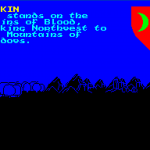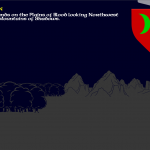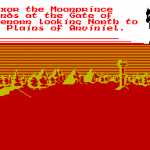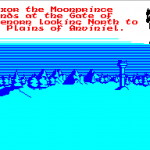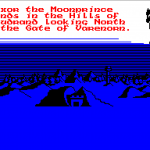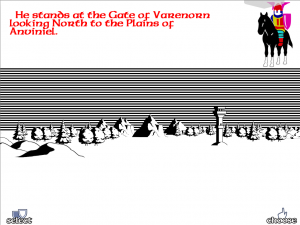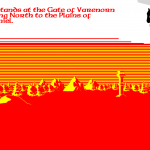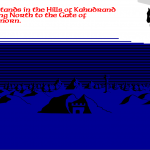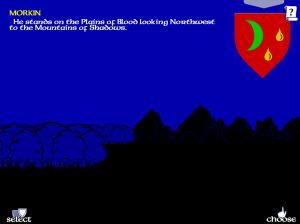 A few months back I received an email from Marmalade Studios. Marmalade is the system I used to give me cross platform support. I pay for a licence yearly which is still covered by the ongoing sales on the long tale of the game. Anyway, the email informed me that Marmalade were pulling out of the Tools business to focus on their own development. They laid out a timetable and final release plan for the current tools but ultimately from March 2017 they will no longer be supporting their toolset. There was an offer to purchase rights to the source code, but as a small indie, that’s not really an option.
A few months back I received an email from Marmalade Studios. Marmalade is the system I used to give me cross platform support. I pay for a licence yearly which is still covered by the ongoing sales on the long tale of the game. Anyway, the email informed me that Marmalade were pulling out of the Tools business to focus on their own development. They laid out a timetable and final release plan for the current tools but ultimately from March 2017 they will no longer be supporting their toolset. There was an offer to purchase rights to the source code, but as a small indie, that’s not really an option.
This doesn’t affect the current releases, but what it does mean is that any chances of me producing updates in the future have almost certainly been removed. And with every new OS release, the chance of the game not working are increased.
I know I have not been prolific with updates since the release of Doomdark’s Revenge settled. There was so many things I wanted to do, but just haven’t gotten around to. The reality is two fold, as amazing as the sales of the games have been, they are obviously not enough to support me full time, and secondly, the games were written quite frantically in the end and I never regained that sense of purpose after their release; this is not just for these games but for everything that I have been doing creatively.
I’ve been trying recently to tie up another release. The main reason for this is to produce a build with the latest version of Marmalade and get it out there to properly support the latest devices. In theory a new release should keep its visibility in the App Stores for a few more years. As part of this I’ve been slowing adding a couple of features: Discovery Mode, Difficulty Modes, Rationalise the code base between DDR and LOM. etc..
 So with all this in mind I have been toying with the following: Uploading the source code to GitHub and making it open-source with the objective of transferring it to another cross platform solution, Cocos2d-x for example. Or, allowing people to port the engine to any other coding languages they like, so it could be used however they like.
So with all this in mind I have been toying with the following: Uploading the source code to GitHub and making it open-source with the objective of transferring it to another cross platform solution, Cocos2d-x for example. Or, allowing people to port the engine to any other coding languages they like, so it could be used however they like.
The current codebase is written in c++, and thus moving to Cocos2d-x makes sense, but I quite like the idea of porting to c# or swift.
Moving to open source could also allow for the tool chain to be fully developed which would allow for more work to be put into ongoing development of the games.
Anyway, I shall think on this more, but if anyone is interested in getting involved, then drop me a note…


